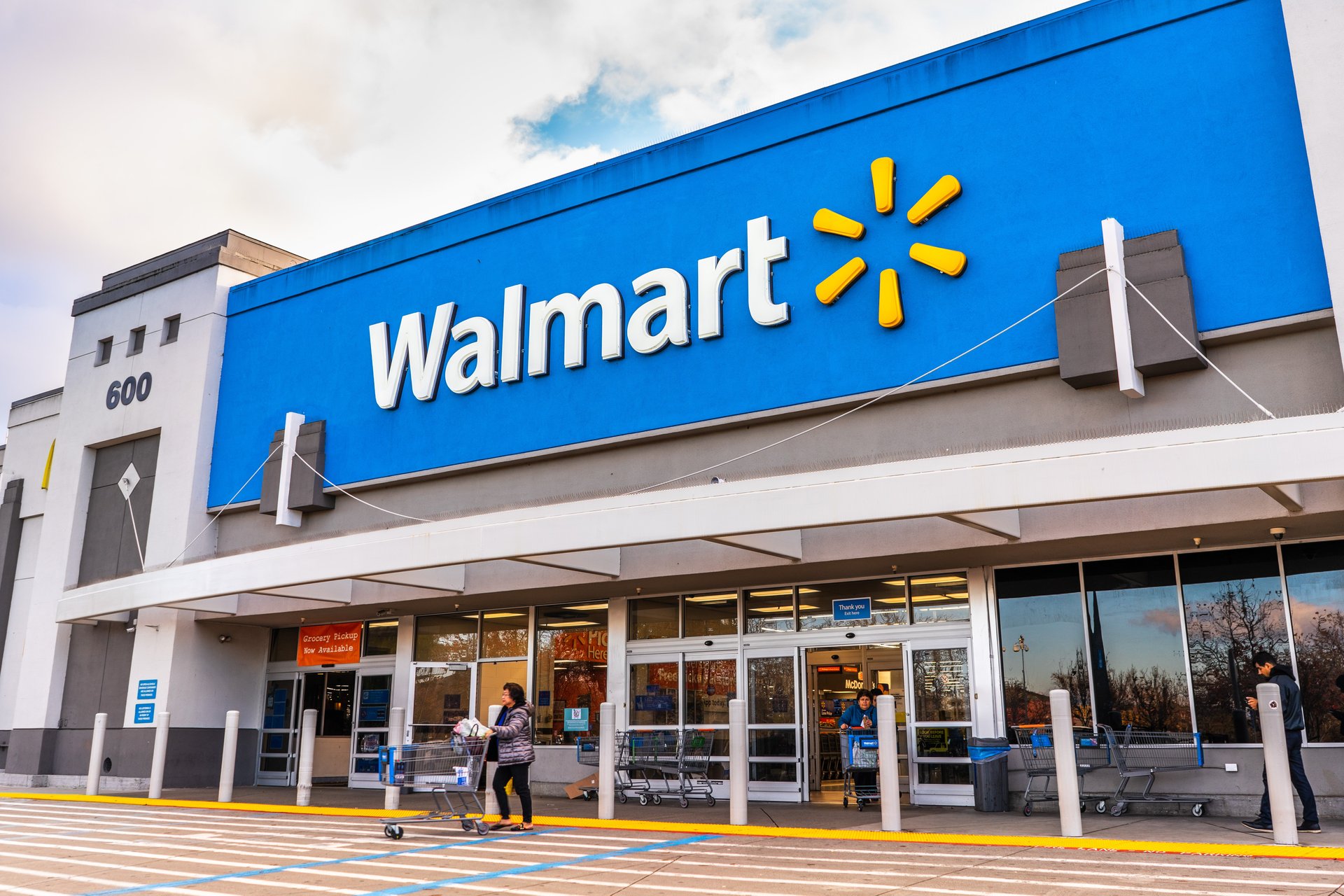Walmart just keeps winning
The retail giant beat Wall Street's earnings expectations by serving shoppers at every income level

Walmart (WMT) is hitting the sweet spot with both high- and low-income shoppers.
Suggested Reading
Shares of Walmart rose about 4% in pre-market trading Tuesday after the retail giant reported strong third-quarter earnings. Walmart’s latest results were fueled by in-store shopping, higher demand for buying items online but picking them up in-store, and deliveries. Growth in advertising and e-commerce also helped drive the strong performance.
Related Content
“In the U.S., in-store volumes grew, pickup from store grew faster, and delivery from store grew even faster than that,” the company said in its latest earnings release.
The performance prompted Walmart to raise its full-year sales forecast. The company now expects net sales to grow by 4.8% to 5.1%, up from its previous forecast of 3.75% to 4.75%, driven by stronger demand for discretionary items, increased home deliveries, and early holiday shopping.
The Arkansas-based company beat Wall Street’s earnings expectations in the third quarter, posting revenue of $169.59 billion, about $0.58 cents a share. Analysts had forecast $167.72 billion in revenue, roughly $0.53 cents a share, according to FactSet (FDS).
As lingering inflation drives shoppers to search for deals, Walmart’s affordable offerings continue to attract budget-conscious consumers, putting the retailer in a strong position to thrive.
Walmart is successfully “meeting the needs” of both budget-conscious consumers and those seeking value, said Greg Zakowicz, senior e-commerce expert at Omnisend.
Bank of America (BAC) shared a similar positive outlook. In a research note, the firm predicted upside potential, estimating 3.5% growth in U.S. comparable sales, slightly below consensus expectations. Bank of America analysts also anticipate growth in Walmart’s gross margins, driven by digital advertising, fulfillment services, and its third-party marketplace.
The launch of same-day pharmacy delivery and significant investments to improve its digital shopping experience, could help it compete with its immediate rival Amazon (AMZN), while staying ahead of notable contenders like Target (TGT) and Costco (COST). For now, at least, Amazon remains the “lowest-price” retailer, according to a study conducted by e-commerce analytics platform Profitero.
Walmart, considered the largest U.S.-based retailer, saw a 0.9% increase in year-over-year visits during the third quarter, according to foot traffic analytics firm Placer.ai. Meanwhile, its membership-based warehouse subsidiary Sam’s Club has seen a 5.2% rise.
Earlier this month, Walmart said it would start locking items like deodorant and baby formula due to rising theft concerns. The retailer is looking into other solutions, such as giving customers the ability to unlock items with their smartphone.